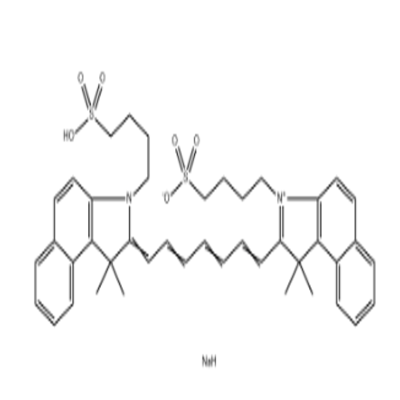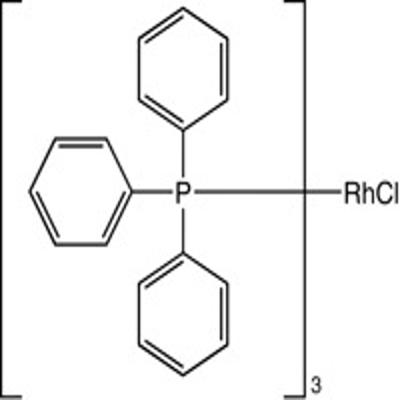-
Categories
-
Pharmaceutical Intermediates
-
Active Pharmaceutical Ingredients
-
Food Additives
- Industrial Coatings
- Agrochemicals
- Dyes and Pigments
- Surfactant
- Flavors and Fragrances
- Chemical Reagents
- Catalyst and Auxiliary
- Natural Products
- Inorganic Chemistry
-
Organic Chemistry
-
Biochemical Engineering
- Analytical Chemistry
- Cosmetic Ingredient
-
Pharmaceutical Intermediates
Promotion
ECHEMI Mall
Wholesale
Weekly Price
Exhibition
News
-
Trade Service
A U.S. Senate committee approved a draft national health institute's (NIH) research and development budget for fiscal 2018, with total investment expected to increase by another $2 billion from last year, and Trump's efforts to slash NIH's research and development spending have again been hampered, Science reported.
trump took office, he has been trying to slash federal spending on research and development at NIH. He has said that 10 per cent of NIH spending is on "indirect costs" such as management spending, and that removing this investment would have no impact on pharmaceutical research and development. Mr. Trump also slashed NIH's research and development spending by 22 percent in his fiscal 2018 budget submission to Congress on May 23rd (October 1, 2017-September 30, 2018), drawing the idlyith of many scientists.
House of Representatives on July 12th released a decision that differs from Mr. Trump's: NIH's research and development spending has not declined, up $1.1 billion, or 3 percent, from fiscal 2017. The new version, passed by the Senate, would continue the practice of adding $2 billion a year for the previous two years, even trip to 6 percent in the House version, meaning That Trump's cuts could be "grounded." Roy Brandt, chairman of the Appropriations Committee for Labor, Health and Human Services and Education, argues that equipment maintenance, hazardous waste disposal, management expenses, high-speed computers, etc. are not "indirect costs" that are essential to conducting research.
in the new draft, Mr. Brandt explains, Alzheimer's has increased its research and development spending the most, by 30 percent, up more than $400 million from last year; brain science has increased its investment in brain research and development, with a $140 million increase in brain projects to map human brain activity, a total of $400 million in fiscal 2018; and $60 million more for precision medical research.
decision to invest more in key areas in the new draft has been welcomed by industry scientists. But with the fiscal 2018 budget not due to be finalised until the end of December, Congress will take interim transitional measures on September 30th to ensure that NIH research institutions function at current funding levels until the budget is fully implemented. (Science and Technology Daily)







